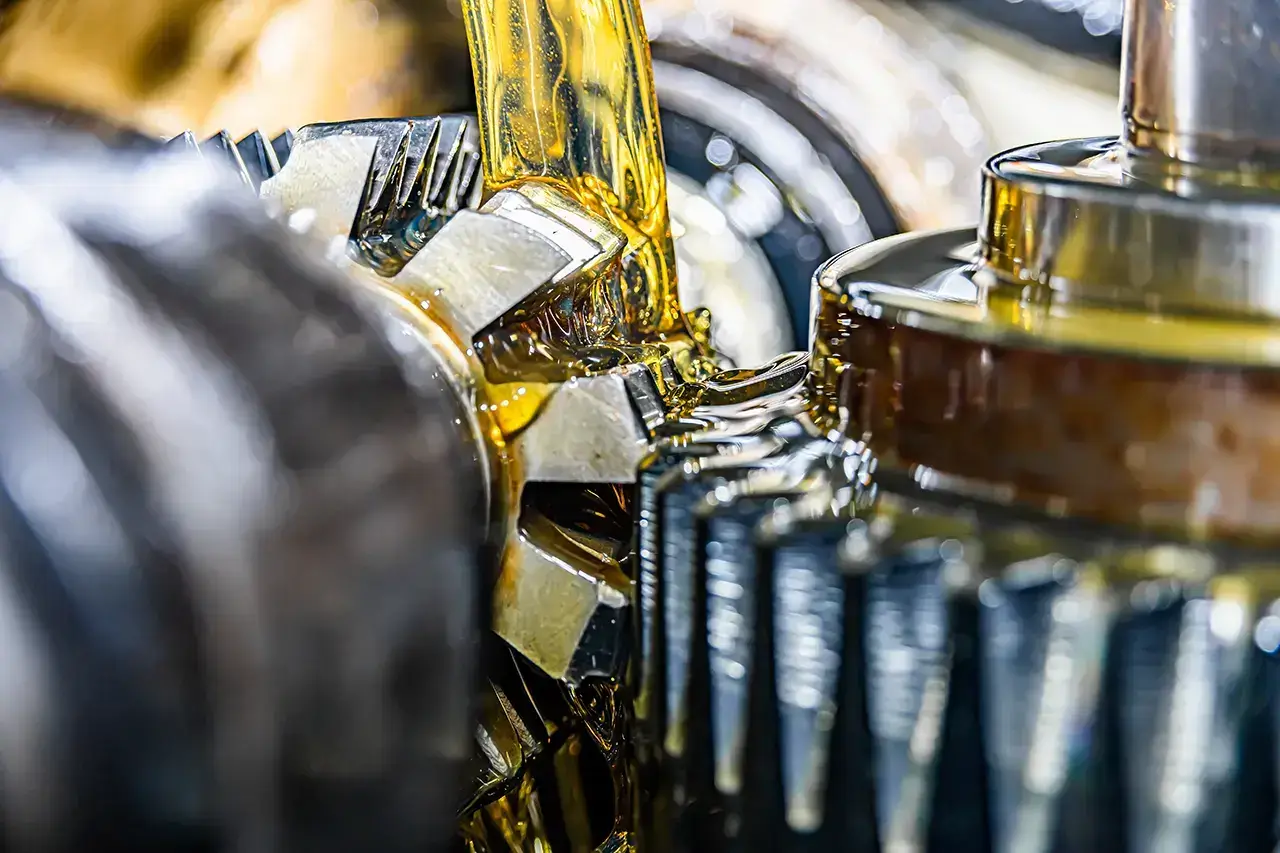Operating machinery in harsh environments presents unique challenges that demand careful attention to lubrication practices. Industrial Lubricants play a critical role in protecting equipment exposed to extreme temperatures, moisture, dust, chemicals, and heavy loads. To ensure maximum performance and reliability, following best practices for applying industrial lubricants in these demanding conditions is essential.
Understanding Harsh Environment Challenges
Harsh environments can include industrial settings such as mining, construction, chemical processing, marine, and heavy manufacturing. These environments often feature extreme heat or cold, abrasive particles, water ingress, corrosive substances, and high mechanical stress. These factors accelerate wear, corrosion, and lubricant degradation, which, if not properly managed, lead to frequent equipment failures and costly downtime.
Selecting the Right Lubricant
Choosing an industrial lubricant formulated for harsh conditions is the first crucial step. Lubricants designed for extreme environments typically contain advanced additives that enhance oxidation resistance, water separation, anti-wear protection, and corrosion inhibition. Synthetic lubricants often outperform mineral oils in these settings due to their superior thermal stability and longer service life. Match the lubricant’s specifications to the operating temperature range, load demands, and chemical exposure typical for your equipment.
Proper Application Techniques
Applying industrial lubricants correctly in harsh environments involves more than just using the right product. Ensuring clean application points, avoiding contamination, and applying the correct quantity are vital to maintaining lubricant effectiveness. Use clean dispensing tools and containers to prevent introducing dirt or moisture. Over-lubrication can cause seal damage and heat buildup, while under-lubrication leads to increased friction and wear. Automated lubrication systems can improve precision and consistency, especially in difficult-to-access or dangerous locations.
Regular Monitoring and Maintenance
Harsh environments accelerate lubricant contamination and degradation. Establishing a frequent monitoring routine helps detect problems early. Regularly analyze lubricant samples to check for changes in viscosity, presence of contaminants, metal particles, or water content. Replace or top up lubricants based on condition rather than fixed schedules to optimize protection and cost-efficiency. Visual inspections of seals, bearings, and lubrication points also help identify leaks or failures before they escalate.
Protecting Against Contaminants
Dust, dirt, and moisture are common in harsh environments and pose significant risks to lubricated components. Use proper sealing systems and protective covers to minimize contamination ingress. Employ breathers and desiccants where applicable to reduce moisture buildup. In some cases, specialty lubricants with enhanced contaminant resistance or water-repellent properties may be necessary to maintain effective lubrication.
Training and Documentation
Educating maintenance personnel on the importance of correct lubricant selection, application methods, and inspection procedures is key to success. Well-trained staff can recognize early signs of lubrication failure and respond promptly. Maintaining thorough records of lubricant types, application schedules, and test results aids in tracking equipment health and optimizing maintenance plans.
Conclusion
Applying industrial lubricants effectively in harsh environments requires careful product selection, precise application, vigilant monitoring, and proactive contamination control. By following these best practices, industries can significantly reduce equipment wear and failures, extend service life, and maintain operational efficiency despite challenging conditions. Prioritizing lubrication excellence in harsh settings is an investment that pays off with greater reliability and reduced maintenance costs.
